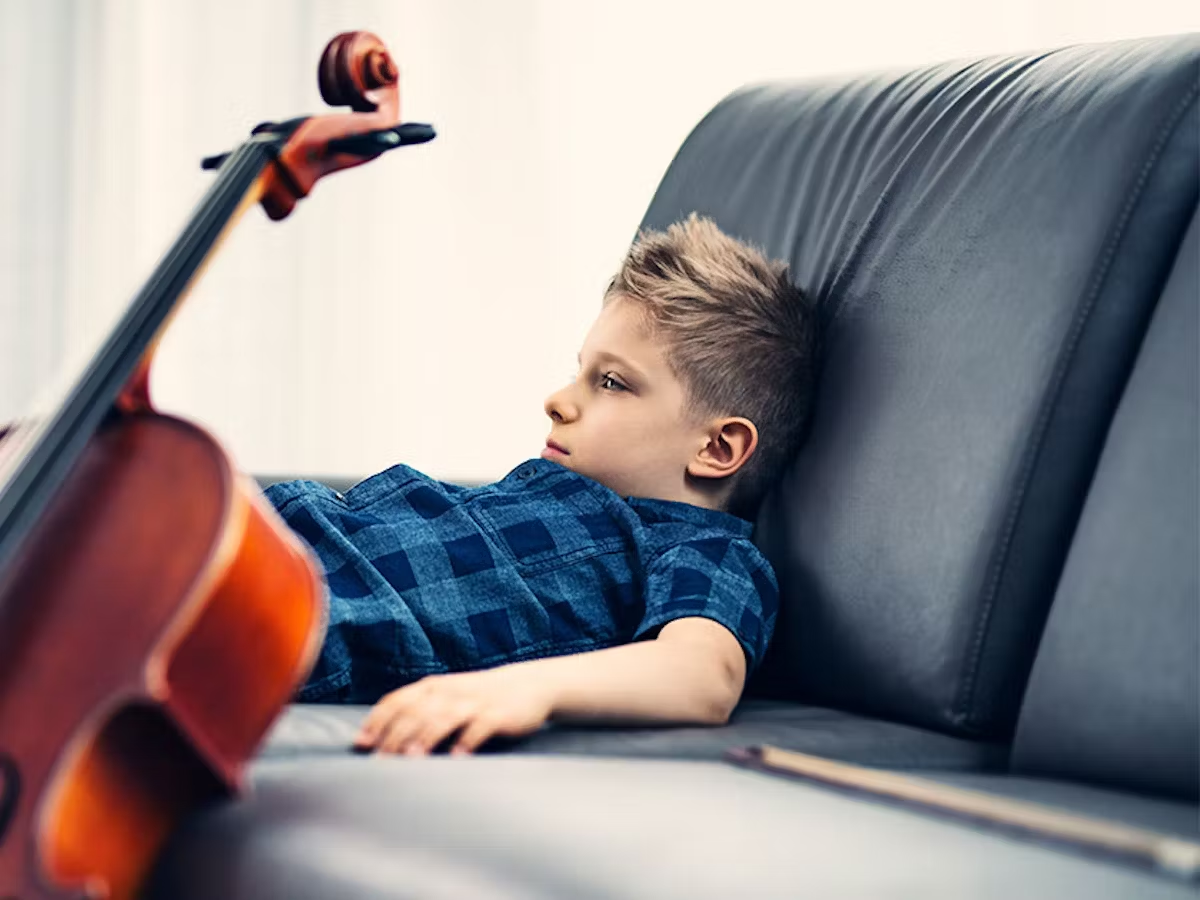It’s completely normal for children to go through phases where they don’t want to practice. The key is not to panic, but to respond with wisdom and understanding. Here are 7 practical tips to help guide your child through these moments and reignite their love for music:
1. Find the Root of the Problem
Not all “I don’t want to” statements are the same. Ask yourself:
-
Is the material too difficult?
-
Is your child feeling tired or overwhelmed?
-
Is the instrument uncomfortable or frustrating?
-
Does your child feel like they’re not improving?
Have an honest and gentle conversation to understand what’s really going on.
2. Help Them See the Purpose
Children often struggle to see the long-term value. Remind them:
-
Why they started learning;
-
How far they’ve come;
-
That music is not just about assignments — it’s about joy, expression, and worship.
3. Encourage, Don’t Pressure
Children can sense frustration. Instead of pushing harder, try saying:
“I believe in you. This might be tough, but you’re doing great — and I’m proud of you.”
4. Create an Inspiring Environment
-
Listen to beautiful music together;
-
Watch performances that inspire;
-
Talk about how music touches hearts and glorifies God.
5. Make Practice Fun and Varied
Routine can become boring. Try:
-
Rhythm games;
-
Learning simple versions of favorite songs;
-
Playing songs they can use in church or at home for family.
6. Give Them a Reason to Play
Even a small performance for friends or family can be hugely motivating. Kids love to share what they’ve learned and receive encouragement.
7. Lead by Example
If your child sees you enjoy music — singing, listening, or even learning something yourself — they’ll be more likely to stay engaged.
The bottom line: Music should never feel like punishment. With patience, creativity, and encouragement, your child can rediscover the joy of learning and playing.



